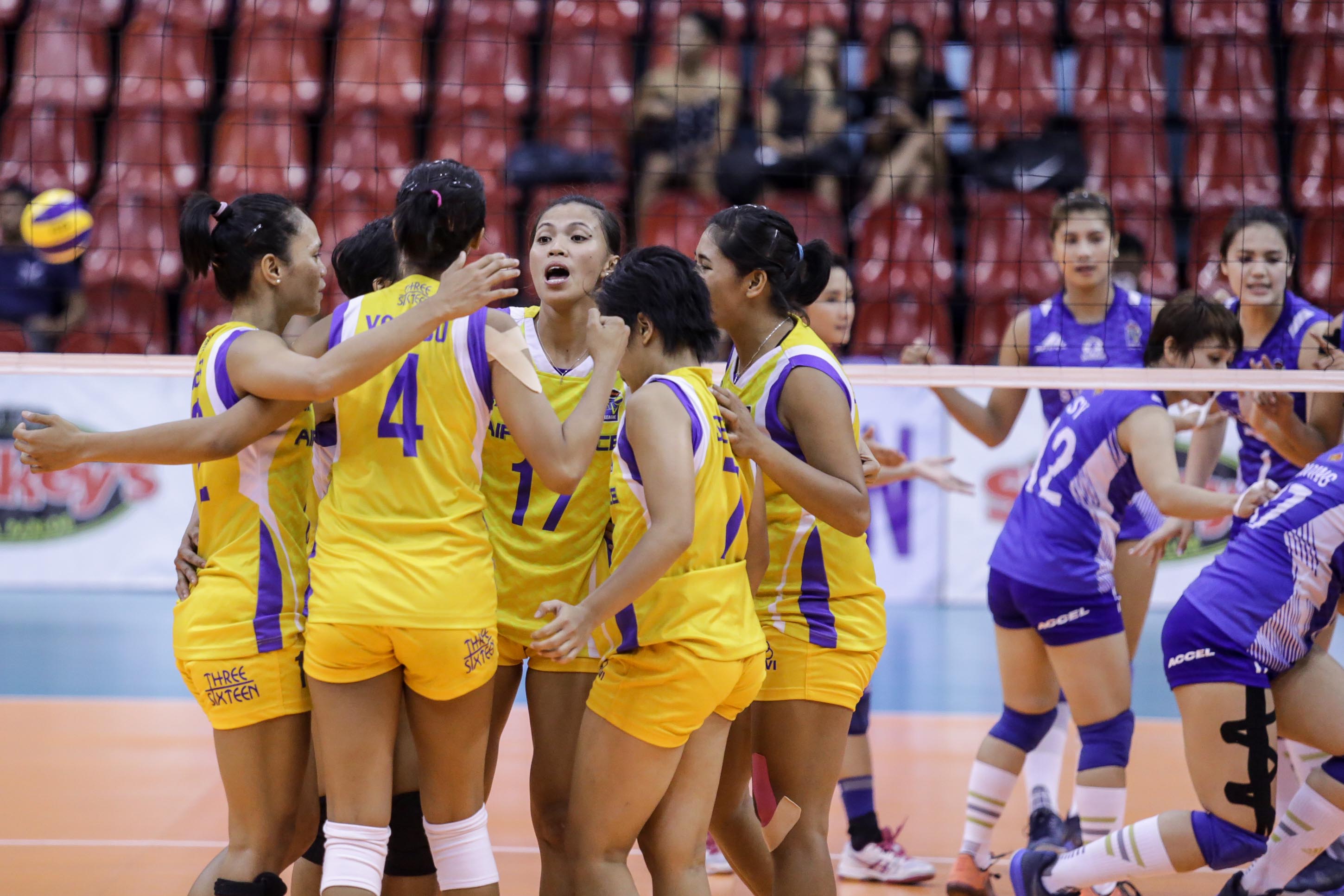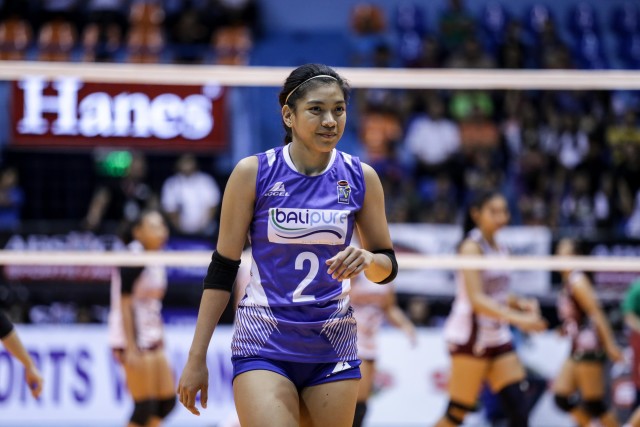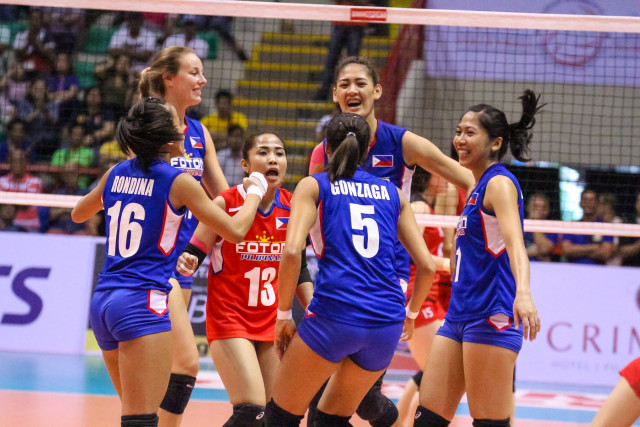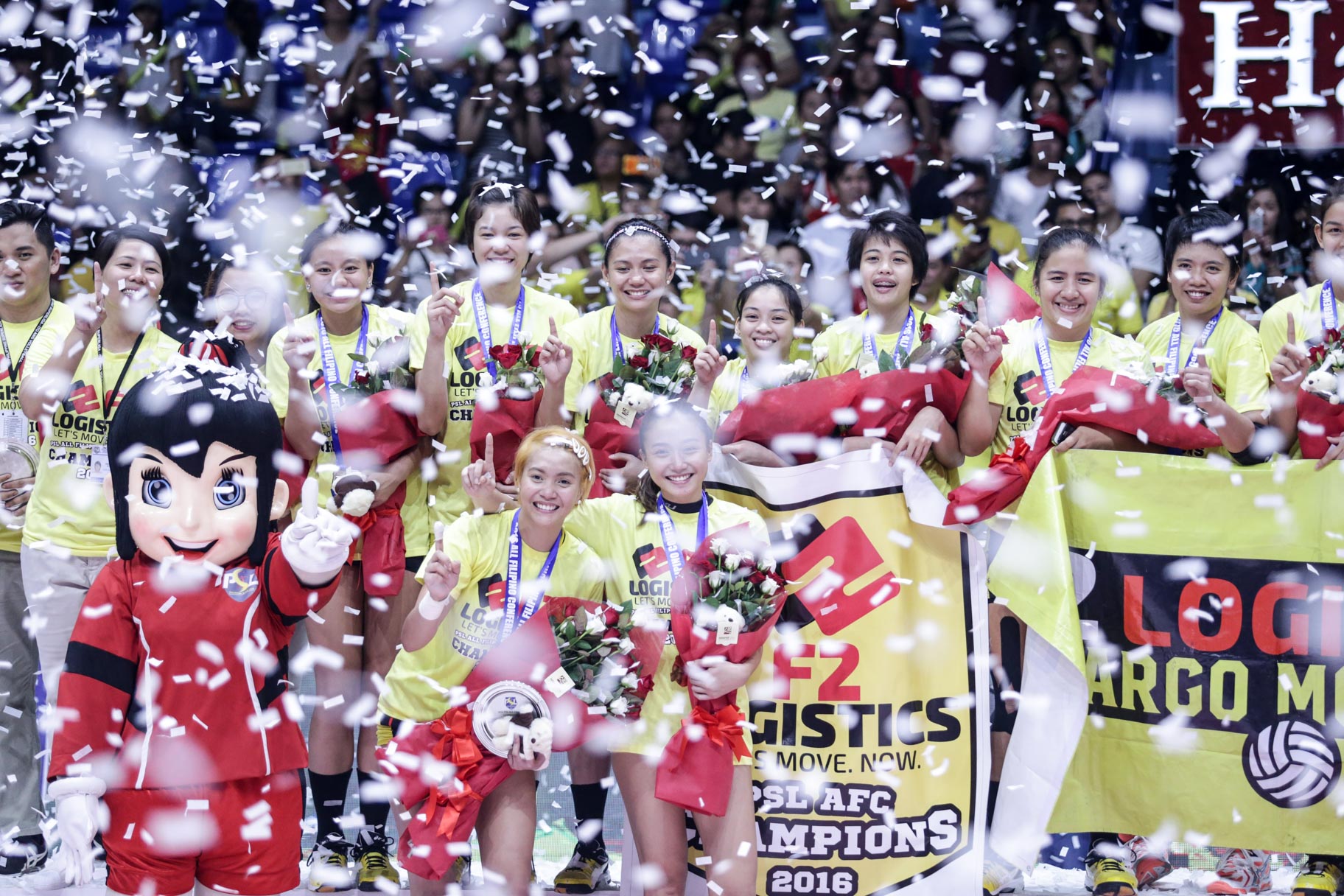Volleybrawl
There is something fundamentally wrong if a player like Alyssa Valdez, however available she is, can’t be called in to compete for the country in an international tournament.
That’s exactly what happened in the recent Asian Women’s Club Championship in Biñan, Laguna, when the two-time UAAP Most Valuable Player—despite already agreeing to terms to play for Philippine club Foton in the tournament— couldn’t suit up due to a technicality.
Article continues after this advertisementYou see, Valdez, arguably the sport’s biggest draw hereabouts, doesn’t play in the Philippine Superliga, the country’s FIVB-sanctioned club league, which requires players to sign one-year contracts with the league and their respective clubs. And there’s the rub: League players are barred from seeing action in any other local tournament.
The rule also bars Valdez from making the roster of the PSL Manila team for the World Club Championship this month in Manila.
Valdez plays in the Shakey’s V-League, PSL’s rival group, which is run by the same people who handle her playing career. Making the jump to the PSL, where she’ll face the country’s best pros, would mean no
V-League stint for Valdez.
“We wanted to include her in the lineup [for the Asian championship] but there were rules that would be bent,” says Foton coach Villet Ponce-de Leon. “She needed to be affiliated with a PSL club. We wanted her to be a guest player. If we’re able to get a foreign guest player, then why not acquire a local player.”
Without the Ace
Foton went on to play in the tournament without Valdez.
But the problem with Valdez is just the tip of the iceberg, as far as the PSL-Shakey’s V-League rivalry is concerned.
Another player, Jaja Santiago, almost suffered the same fate as Valdez. But since Santiago is exempted from the rule being a student-athlete with National University, she was able to suit up for the Tornadoes in the Asian tournament.
Santiago, however, had to go through the difficult task of playing two games in a space of a few hours because the schedules of the Asian tournament and the V-League collegiate conference overlapped. For several days, she had to rush back to Philsports Arena in Pasig for the Lady Bulldogs’ V-League game after playing in the Asian championship in Biñan.
From the availability of players to playing venues to television schedules, the PSL and the V-League have been at odds in the past three years.

Philippine Air Force celebrates tough win over Pocari Sweat in game 1 of Shakey’s V-League Finals. Photo by Tristan Tamayo/INQUIRER.net
The Shakey’s V-League, now on its 13th season, holds three tournaments a year, the same with the PSL, which is already on its third season.
Players have been, more often than not, caught in the middle as the two leagues’ calendars overlap.
V-League commissioner Tonyboy Liao, however, welcomes the idea of having two high-level competitions in the country.
“I think it’s good for Philippine volleyball,” he says. “Volleyball is growing because of the two leagues. Everybody is talking about volleyball.”
PSL president Ramon “Tats” Suzara downplays the perceived rivalry existing between the two leagues.
“The V-League is not a rival league because it is a collegiate league,” he says. “They tried to organize a club league-type of tournament but historically, they hold only collegiate tournaments.
At the time the PSL was formed, the league was riding high on the unprecedented surge in popularity of the sport that was actually boosted by the V-League’s sustained push.
But no sooner than the PSL started, it became apparent that the two leagues could not co-exist and the players found themselves caught in the crossfire.
Last year, both leagues opened on the same day—Oct. 10—with the 12th Shakey’s V-League staging its third conference and the PSL launching its import-flavored Grand Prix.
The PSL prides itself in having made innovations to keep fans interested in the local sport, but the fact remains that they don’t have Philippine volleyball’s biggest star: Valdez.
Officials of the sport’s governing body in the country, the Larong Volleyball sa Pilipinas, Inc., see a negative impact on the players and the leagues in the long-term, as well as on the formation of national teams for international competitions.
“There’s always a risk of burnout for both the players and the sponsors, and the fans are torn between the two leagues,” says LVPI president Joey Romasanta. “We hope that we can all sit together and talk because (PSL and V-League) are stakeholders in the LVPI.”

Members of the Philippine women’s volleyball team celebrate after their straight-set victory against Malaysia. Screengrab from SEA Games YouTube account.
Romasanta notes that the schedule of the two leagues also did not give the national team enough time to prepare for the 2015 Southeast Asian Games in Singapore last year. “The team only had three weeks to prepare because the leagues ended too close to the start of the SEA Games,” he says.
“There has to be an effort from both leagues to make sure there’s no scheduling conflicts. It’s going to hurt the sport more if they don’t synchronize their schedules. Viewership will suffer. Sponsors will get tired because everyone is dipping from the same basket.”
Liao says the PSL denies players the freedom to play wherever they want. “Why will you handcuff the players when all they want is to play?” says Liao. “We can’t be selfish with these players. We don’t see any problem as long as their health allows them to play.”
Suzara accuses the V-League of being “uncooperative” with regards to the scheduling of the tournaments. But Liao says they only consider the two collegiate leagues—the NCAA and UAAP —when they make their schedule.
“We all want to promote volleyball, but what is important is cooperation,” Suzara insists. “I’m sorry to say the V-League has no calendar.”
LVPI vice president Peter Cayco remains hopeful that the two leagues will be able to thresh out their issues for the sake of Philippine volleyball, particularly the national team.
“It will definitely benefit Philippine volleyball,” says Cayco, pointing out that the ideal scenario is for national team standouts to commit to play for just one team.
With two very important tournaments coming up next year, including the SEA Games in Malaysia, now is the time for everyone to offer remedies, he says.


